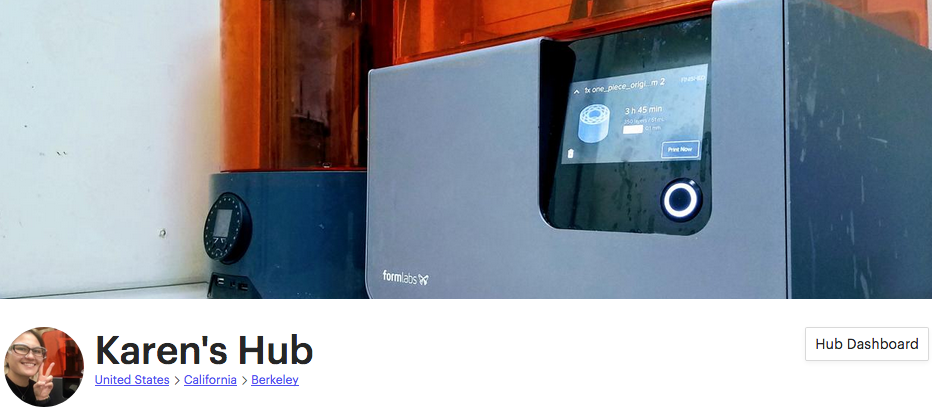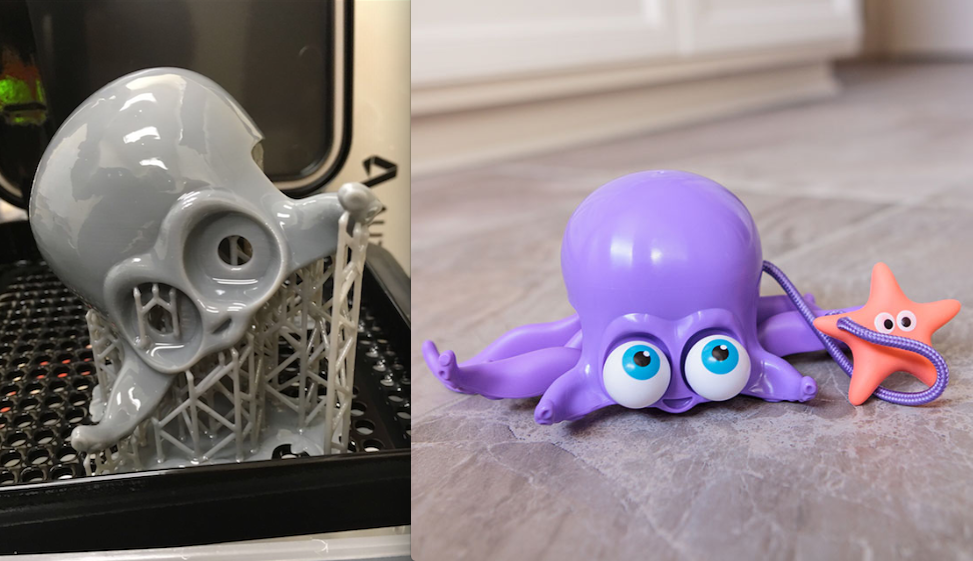An experiment needs permission to fail. The reason why has nothing to do with the methods and everything to do with the psychology of the experimenter. If the experiment is not allowed to fail, you will always find a way to justify some exception, discount a subset of the data, re-run it over again with a new hat, and then again with your lucky bowling shoes on.
It’s very hard to imagine giving your startup permission to fail. I’ve written a bit about how failure is a ‘non-absorbing barrier’ in my piece Ergodic Entrepreneurship. Regardless of your acumen - the ability to kill your darlings doesn’t come naturally.
I am a scientist. I need to run experiments. Those experiments need permission to fail.
I am an entrepreneur. I need my company to succeed. polySpectra does not have permission to fail.
How do I get around this conundrum? I create a sandbox, an experimental container, a microbrand.
Sidestepping for a second, here is a quick background to give some context: our business model at polySpectra is a 1,2 punch. Step 1 is to sell 3D-printed parts to build our brand, begin qualifying our materials for production additive manufacturing applications, and get samples to 3D printer OEMs to show them that our materials are better than everything in their portfolio of ‘inks’. Step 2 is to sell ‘ink’ for production additive manufacturing applications, with printer OEMs as our development and channel partners. (Steps 3-5: profit, margaritas, rinse and repeat with new materials.)
When we first got started, we were really far away from either. We were at Step 0. We were printing super tiny parts, really slowly. But we knew that we couldn’t wait until we revised the chemistry to get started on Step 1. We needed to figure out how to sell parts.
Enter Karen’s Hub.

“What is required for a minimum viable parts service?”
A printer with a couple of different materials, digital tools to communicate with customers, and a channel to find those customers.
“What if this were easy?”
Buy a desktop printer and set up an account on 3DHubs.
“What are my goals here?”
To develop the operations systems to sell 3D-printed parts, to get a sense for the ‘status quo’ of the market today, to explore just how viable selling parts is as a business.
In other words - my goal is to get paid to learn.
A few weeks later, we were ready to go. We turned on Karen’s Hub. Karen sold her first part.

Meet Inky the Octopus. We brought the first prototype of Inky to life. She is adorable and you should go buy her at Fat Brain Toys.
Fast forward - Karen printed a few hundred parts for a few dozen customers. It wasn’t easy, but it wasn’t hard. Karen enumerated a million little hiccups and refined our process to smooth them over. Karen confirmed our hypothesis that you can’t make anything real on today’s polymer 3D printers. By real I mean durable goods. (The real version of Inky that you can buy is injection-molded.)
Karen’s Hub made about $10k in its first year. That’s bupkis for a venture-backed startup. What a waste of time, you might say. But let’s look closer before we dismiss this experiment entirely.
So…where did Karen’s Hub succeed?
We learned how to sell parts. Along the way, we built SOPs for quoting, printing and shipping. We simplified those SOPs so that an undergraduate intern could run Karen’s Hub completely independently. In other words, we learned how to efficiently train new team-members to become Karen.
Unexpectedly, that $10k actually helped us to unlock more than a million dollars in capital. The fact that we had any revenue was a key factor in the review committee’s decision to award us a Phase II NSF SBIR, worth almost a million dollars. It also helped us to convince an equipment leasing company to give us a line of credit.
Where did Karen’s Hub fail?
Karen could not print ‘real’ parts, because the photopolymers that are widely-available today do not print parts with the durability that is required of an end-use part. Karen printed a lot of jewelry casting scaffolds. Karen printed a lot of ‘looks like’ prototypes. We ‘knew’ about these limitations already, but Karen was able to validate this with her own two hands. So this failure actually confirmed the larger hypothesis of polySpectra: new chemistry is required to make polymer 3D printing real.
Karen’s Hub was an incredibly unreliable source of income. Depending on how 3DHubs felt like tuning their algorithm - we would go from drowning in orders to nothing. Again, this ‘failure’ was an important lesson in channel risk. Karen didn’t own her customer acquisition channel. As a result, she was at the mercy of a mysterious customer sorting hat algorithm.
From a direct revenue perspective, Karen’s Hub was a huge waste of time. But through the lens of ‘getting paid to learn’ - I’m actually pretty excited with how things turned out.
The best part about giving this permission to fail from the beginning? We had zero qualms about turning it off when it became clear that we had learned what we needed to, and the opportunity cost of running the experiment wasn’t worth the revenue.
RIP Karen’s Hub.